Acromioclavicular (AC) Joint Arthritis – This condition, also called AC joint arthrosis, is a degeneration of the joint at the top of the shoulder where the acromion meets the clavicle.
Conditions
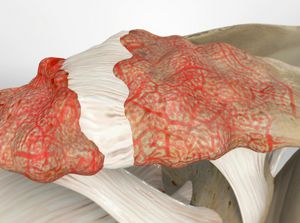
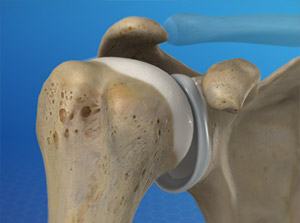
Anatomy of the Shoulder – The shoulder is a complex structure made of three separate joints. They work together to give the shoulder a tremendous range of motion. Let’s take a closer look at the main parts of the shoulder’s anatomy.
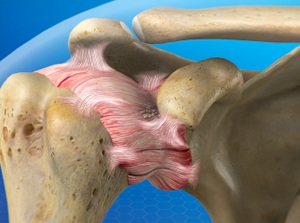
Frozen Shoulder (Adhesive Capsulitis) – This condition is a loss of motion or stiffness in the shoulder, usually accompanied by pain in the joint. Frozen shoulder is most common in people between the ages of 40 and 60, but can afflict anyone regardless of gender, arm preference or occupation.
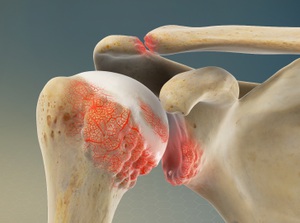
Osteoarthritis of the Shoulder – Osteoarthritis, also called degenerative arthritis, is a gradual breakdown of cartilage in the joints. Cartilage is a tough, flexible connective tissue that protects the ends of bones in the joints. Osteoarthritis of the shoulder can severely impact a person’s lifestyle.
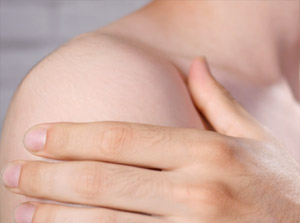
Rheumatoid Arthritis (RA) of the Shoulder – Rheumatoid arthritis, a condition of the immune system that can attack joints throughout the body, commonly affects the shoulder. Over time, it can destroy cartilage and bone in the joint.
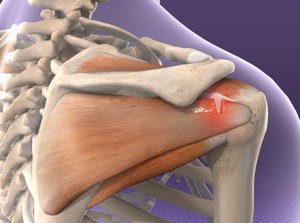
Rotator Cuff Tears – The rotator cuff is a group of muscles and tendons that cover the head of the humerus and hold it securely inside the shoulder socket. The cuff helps maintain joint stability while allowing the arm to lift and rotate. A tear of the rotator cuff can be painful and can interfere with shoulder movement. Four muscles make up the cuff: the supraspinatus, infraspinatus, teres minor, and subscapularis muscles.
Procedures
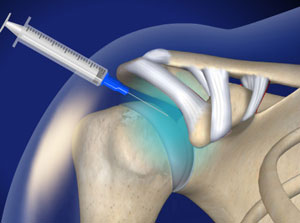
Intracapsular (Glenoid) Injection – During this procedure, a mixture of anesthesia and anti-inflammatory medication is injected into the space between the head of the humerus and the glenoid. This injection can be used to treat a variety of painful conditions, including osteoarthritis, rheumatoid arthritis and adhesive capsulitis. The physician may choose an injection site on the front, side or rear of the shoulder.
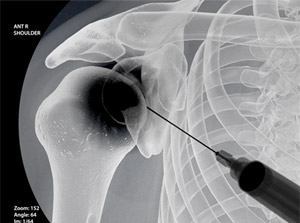
Joint Injection (Therapeutic, Shoulder) – This outpatient injection procedure relieves pain in the shoulder and arm caused by arthritis, injury or disorder.
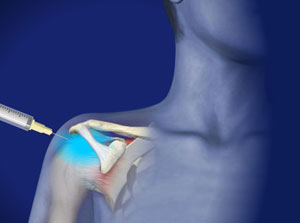
Soft Tissue Injection: Shoulder – This outpatient injection procedure relieves pain in the shoulder caused by bursitis, or inflammation of the bursa. A bursa is a small, fluid-filled sac that reduces friction between bone and muscles or tendons. Bursae are found near joints throughout the body.
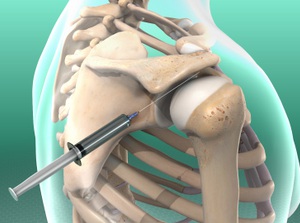
Subacromial Injection – During this procedure, a mixture of anesthesia and anti-inflammatory medication is injected into the space between the acromion and the head of the humerus. This injection can be used to treat a variety of painful conditions, including adhesive capsulitis, rotator cuff tendinosis, and impingement syndrome. The physician may choose an injection site on the front, side or rear of the shoulder.
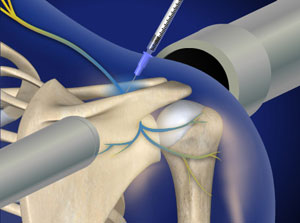
Suprascapular Nerve Block (Fluoroscopically Guided) – This outpatient procedure is used to treat pain and discomfort from arthritis, bursitis or impingement of the suprascapular nerve in the shoulder joint. The suprascapular nerve is a major motor nerve that serves the muscles of the shoulder.
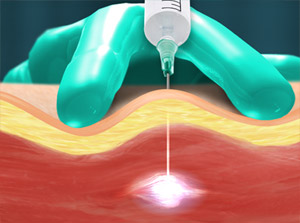
Trigger Point Injections – This outpatient procedure is designed to reduce or relieve the pain of trigger points. These small, tender knots can form in muscles or in the fascia (the soft, stretchy connective tissue that surrounds muscles and organs). The trigger point injection procedure takes only a few minutes to complete.
